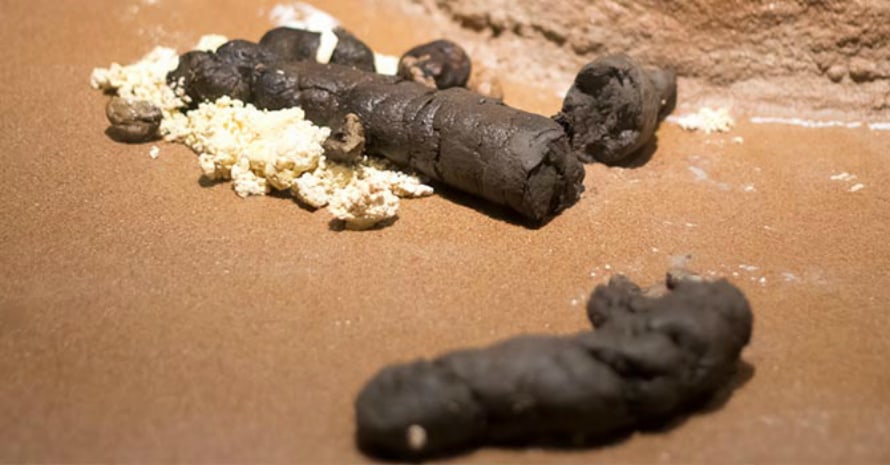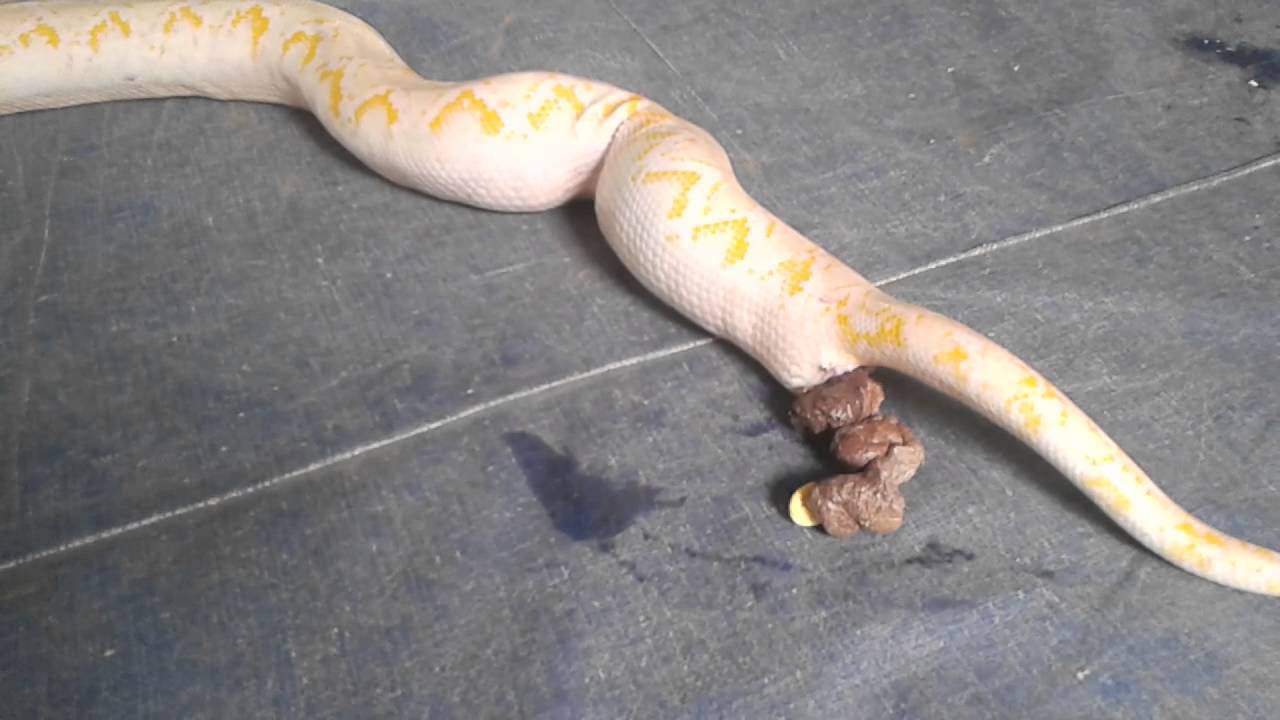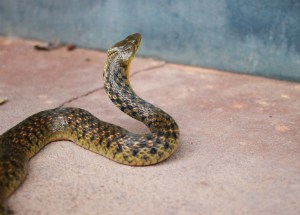It is not uncommon for southern states to experience issues with snake infestations. Snakes tend to seek out convenient shelters, such as wall cavities, foundations, and cellars, to hide in.
The occurrence of infestations tends to increase during the winter months and after floods. Even if the winter in your region is mild, snakes may still enter your home in search of shelter and food.
If you are aware of a potential infestation in your area, it is essential to be knowledgeable about identifying snake feces. Being able to identify these droppings can help you detect and address an infestation before it becomes a major problem. My guide can provide helpful information on this topic.
Snake Poop: Easy Identification Guide
In this guide, I covered all the aspects that are needed for snake poop identification and secure disposal. Read it attentively to avoid making mistakes as they may expose you and your household to danger.
What does snake poop look like?
Identifying snake feces is typically easier than identifying droppings left by rodents. Snake droppings usually have a tubular shape with a cord-like appearance and may have either an even shape or an irregular surface. Most snakes’ droppings are dark in color but may have lighter streaks of urine present.
It is not uncommon for people to mistake snake droppings for bird droppings, which is why it can be helpful to have pictures of snake feces for comparison. It is also advisable to examine the feces more closely to determine if there are any hair or bones from the snake’s prey present.

If there are large snakes in your area, it is important to be aware that their droppings may be larger in size and contain a significant amount of liquid urine. For instance, when a python defecates, the resulting droppings are often so substantial that it is difficult to mistake them for the feces of other animals. Therefore, it is important to keep this in mind if there are large snakes present in your environment.
What does copperhead snake poop look like?
Copperhead snakes are venomous snakes widely spread in the US South. Unfortunately, their feces look pretty much the same as other snakes’ waste. You can only guess by the size of scat as it’s rather big.

Are snake turds dangerous?
Snakes are predators and eat frogs, mice, lizards, and other animals that are known for spreading various diseases. The most common of them is salmonella. Other known snake-transmitted diseases include cryptosporidiosis (a parasitic infection) and rarer threats.
Salmonella lives for around a week in feces, while oocysts and cysts of cryptosporidiosis can survive for many months, depending on the conditions. When turds dry, they may dust when you touch them and lead to inhaling of bacteria.

How to clean snake feces?
You shouldn’t garter snake feces without respective protection. It’s quite easy to inhale bacteria when you deal with dry turds as well as to transmit them by bare hands. Before cleaning the area, you should fear rubber or garden gloves, a long-sleeve top, goggles, and a face mask to prevent inhaling and protect mucous.
In addition, you should wear thick snake-proof boots that will protect your ankles from bites. Avoid stepping onto areas if you’re not sure that they’re clean and safe.
Snakes may hide in tall grass, under various debris, and structures. If you see one, don’t try to disturb or trap it with bare hands. Even if you think that you will succeed, a snake can react faster and bite you.
How to check for snake infestation?
It’s quite difficult to identify a snake infestation as signs of snake presence aren’t always evident. Unlike mice, serpents don’t leave almost any trace behind and make noise only if they fall. Even if they get into your house, they may remain stealthy for moths. Still, it’s not impossible if you know what to pay attention to.
Signs of snakes at your household include:
- Snake skin – all snakes shed their skin when they grow. You may find dry skins near entrances into the walls of your house of other structures around the yard.
- Tracks – slither tracks can be found in dusty areas, on sand, or mud. They’re quite easy to identificate.
- Smell – many snakes have a strong odor, so if you notice a strange smell in the crawlspace or other rooms, you should look for snakes.
- Scat – you already know how to identify snake scat, so start dealing with the problem when you see them.
Time for Inspection
Now you know everything to inspect your property for signs of a snake infestation and can remove snake feces without health risks. Always be careful to avoid snake bites and hire professionals if you don’t have the required skills for proper snake relocation.
Have you ever faced a snake infestation before? What did you do to stop it and remove snake feces? Share your experience in the comments and ask me questions if you still have them after reading. If you’ve already found feces on your property and they don’t belong to snakes, read my guides on the poop of other pests to see what’s your enemy.
References:
- Salmonella Questions and Answers (United States Department of Agriculture Food Safety and Inspection Service):
https://cybercemetery.unt.edu/archive/oilspill/20120916165143/http://www.fsis.usda.gov/PDF/Salmonella_Questions_and_Answers.pdf - How to Prevent or Respond to a Snake Bite (Centers for Disease Control and Prevention):
https://www.cdc.gov/disasters/snakebite.html

